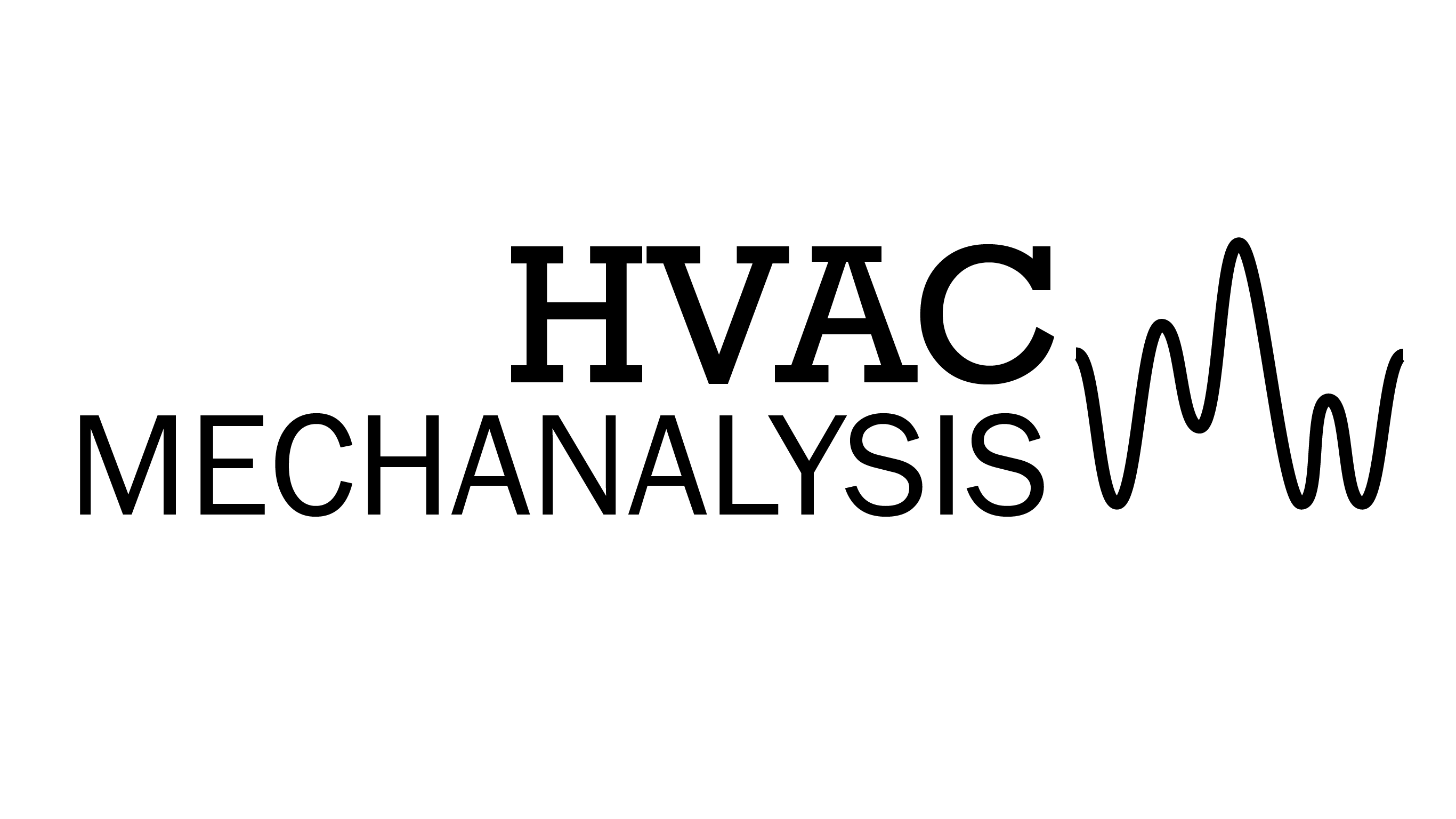Laser Alignment
Proper shaft alignment of directly coupled machines has proven to be one of the greatest money savers for machinery-intensive industries over the last 25 years. When poorly done, usually for lack of time, accurate measurement tools, or because of improper procedures, a bad alignment on a single motor-pump unit can cost a plant thousands of dollars in unnecessary downtime, failed seals, premature bearing wear, increased vibration, reduced efficiency and higher power consumption. Often it is a hidden ailment, only noticed with surprise when a coupling, bearing or seal fails unexpectedly.
When two centerlines of rotation are not aligned correctly and are forced to spin together, the machines’ shafts undergo a destructive stress reversal of double the magnitude of the misalignment at twice the speed of rotation. At 1,800 rpm this will happen 5,184,000 times a day. The flexing of the shafts and of the coupling’s flexible elements produce an excitation force that travels through the shafts and into the bearings, rotors and seals. This vibration can destroy them in far less time than they are designed to last. It costs the machine power to do this—the improvement of a precision alignment over a straightedge rough alignment on a larger compressor train in continuous service could cut power consumption enough to shave thousands of dollars off the electric bill per year. (For instance, a 30 KWh reduction at $0.07 per KWh saves over $18,000 in one year.)
WHAT IS MISALIGNMENT?
Offset is the radial separation of the actual or projected centerlines of rotation of two coupled shafts, at any location of interest along their lengths. The magnitude of this offset should be kept within tolerance at the location of the coupling flex planes.
Angular misalignment (angularity) is the slope of one shaft centerline relative to the other. It is usually described as a rise over a run, in mils per inch. It is the amount by which the offset changes for every inch you travel along their lengths. Often the angularity is described as the gap difference between coupling faces (in mils) occurring across the diameter of the coupling (in inches.)
Usually, offset at the coupling should be kept to within 2 mils and angularity to within 0.3 mils per inch at 1,800 RPM for “short couplings”. At 3.600 RPM, 1 mil of offset and 0.2 mils per inch of angularity is standard. For spacer couplings, or where the flex planes are further apart axially than they are big radially, allow 0.6 mils per inch of span length at 1,800 RPM, or 0.3 mils per inch at 3,600 RPM. These values are commensurately tighter at higher RPM’s and looser at lower speeds. For critical machines these tolerance values should be applied as absolute vector values rather than as independent values for the horizontal and vertical planes of alignment.
EQUIPMENT REQUIRING ALIGNMENT
Any rotating equipment with 2 or more components connected by couplings. This includes, but is not limited to:
CIRCULATING PUMPS
AIR AND REFRIGERATION COMPRESSORS
AIR HANDLERS
MANUFACTURING MACHINES
GENERATORS
COOLING TOWER SHAFTS
ANY TIME THE EQUIPMENT IS REPAIRED OR A COMPONENT IS REPLACED, THE ALIGNMENT SHOULD BE CHECKED.
PROCEDURE
The Equipment must be off line for this procedure. A laser transmitter and receiver are placed on the opposing shafts. As the shafts are rotated, the computer computes the offset and correction required. In addition, soft foot testing is easily accomplished.
Another great benefit of this technology is “after the shafts are aligned, the results can be saved and later printed out or placed in a report to present to management.
